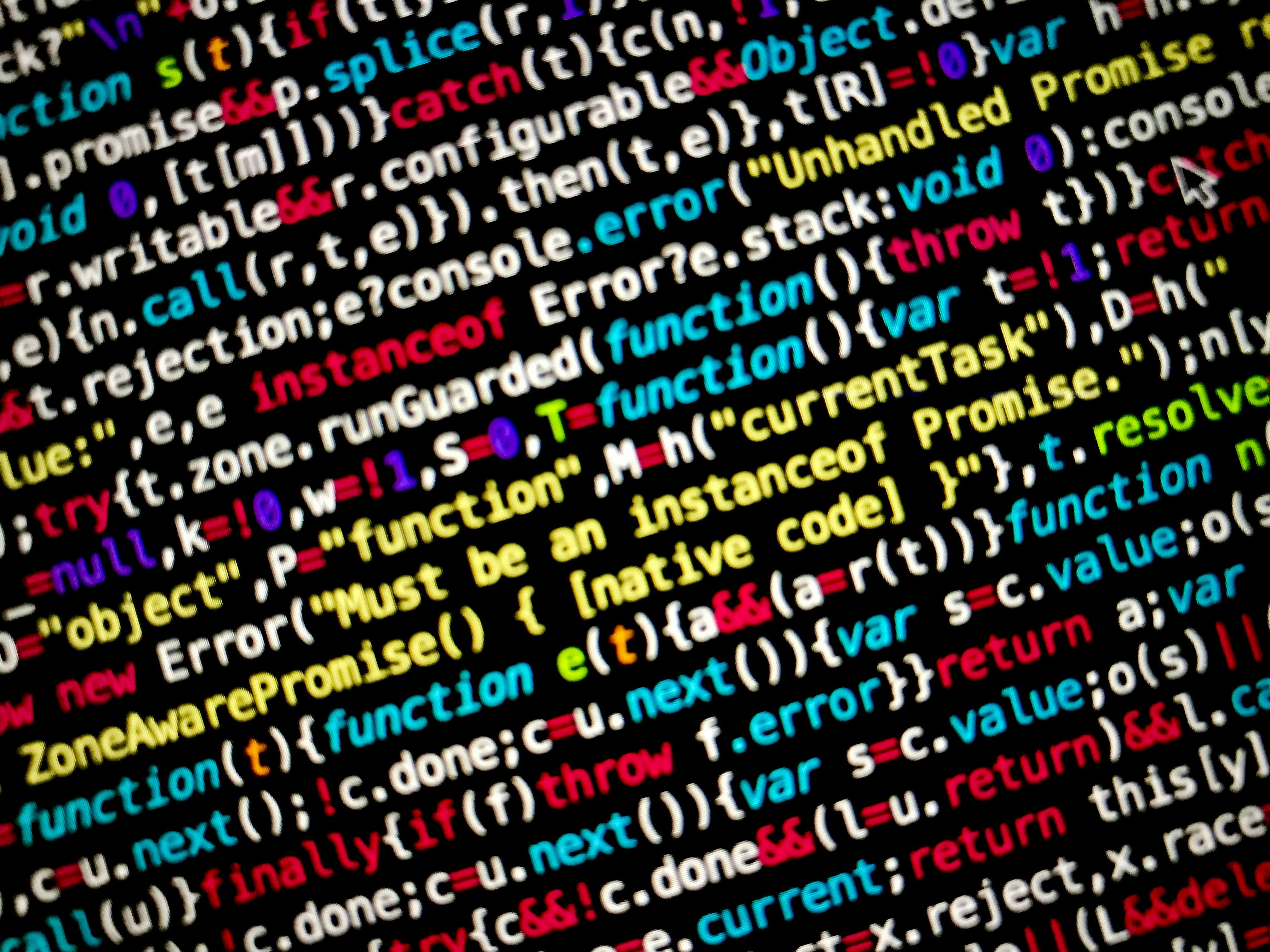History's Theft Unveiled: Uncovered Evidence of Looted Artifacts
Arts Provenance Researcher Delves into LWL Museum's Decorative Arts Collections
Marlene Knut commenced her role as a provenance researcher at the LWL Museum for Art and Culture in January, having previously spent a year at the Hamburger Kunsthalle delving into the provenance of coins, medals, and medallions. Knut completed her training in the Master's program "Provenance Research and History of Collecting" at the University of Bonn, where she honed her skills in uncovering the origins of art pieces.
Provenance research is a fundamental tool for museums, helping to clarify the history of artworks and cultural properties, especially those from the Nazi era and restituted art. The purpose is to document acquisitions and return wrongfully removed works to their rightful owners or their heirs. At the LWL Museum, Knut will focus on the museum's decorative arts collection, an often under-researched area that encompasses around 600 objects acquired between 1933 and 1998, some of whose origins are unclear or potentially suspicious.
Since 2023, Knut and the LWL Museum have been investigating the provenance of these decorative arts pieces. This intensive process involves sifting through records, conducting meticulous research, and collaborating with experts to uncover the full history of each item. The labors of this pursuit are not only about the objects but also the stories behind them, which serve to shed light on the history of Münster and the LWL Museum's collection. Knut's work has already unearthed valuable information about former dealers and established networks within the city.
The focus of Knut's investigation begins with a thorough examination of each object, inquiring what evidence it may hold and what insight archival research and secondary sources might reveal to create as complete a history of acquisition as possible.
This project marks the third time the LWL Museum has received funding from the German Center for Lost Cultural Property, following previous research into modern art and medieval panels and paintings from the 16th to the 19th century. By illuminating questionable provenance stories, the museum hopes to promote transparency, educate audiences, and contribute to the overall understanding of the cultural heritage of Münster.
Source Data:
- Provenance research is essential to clarify the provenance of artworks and cultural properties.
- Investigators document acquisitions and strive to return wrongfully removed works to their rightful owners or heirs.
- The current research focus at the LWL Museum is on the decorative arts collections, which number around 600 objects acquired between 1933 and 1998, with unclear or questionable origins.
- The investigative process involves researching archives, engaging with experts, and collaborating with institutions.
- Advanced technologies such as X-ray analysis, Raman spectroscopy, and conferences like TECHNART offer possibilities for enhancing provenance investigations.
- Funding opportunities are available for projects related to cultural heritage research.
Marlene Knut, the newly appointed provenance researcher at the LWL Museum, is delving into the museum's decorative arts collections, a home-and-garden focused area that requires scrutiny due to its under-researched nature and potential questionable origins. This lifestyle study involves documenting acquisitions and collaborating with experts to uncover the full history of each item.




